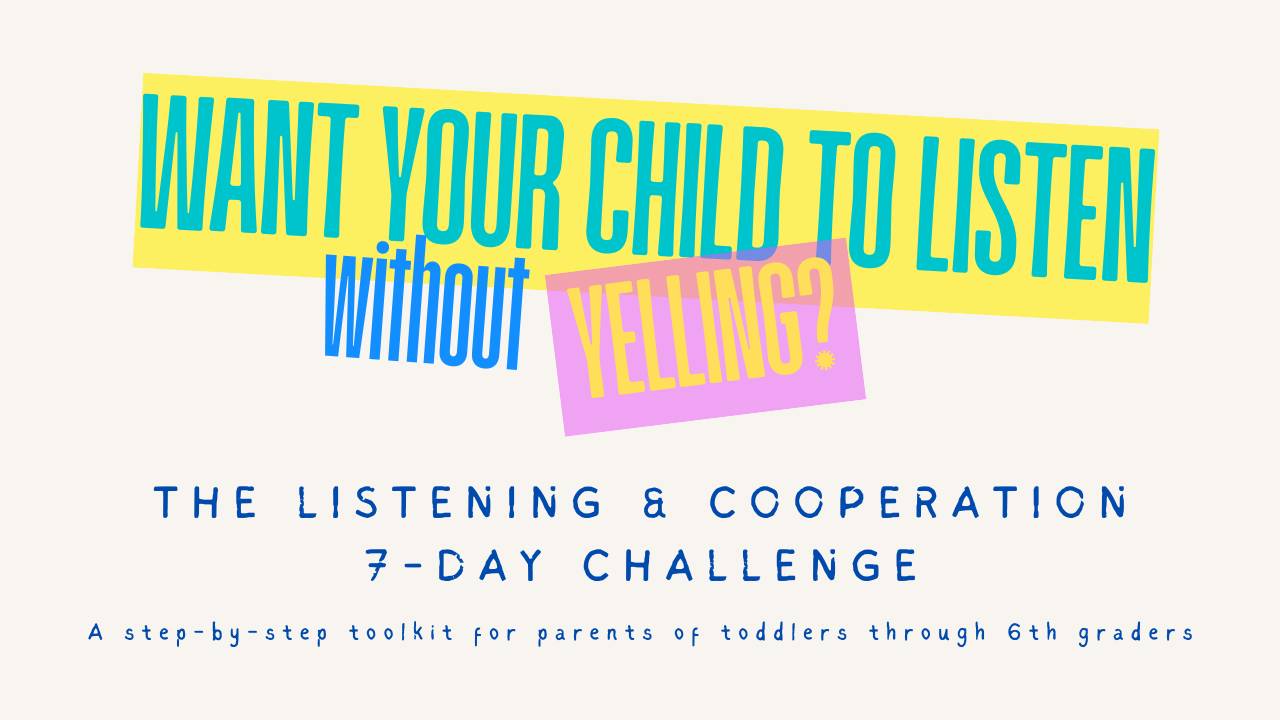Building Communication Skills: ABA Techniques for Nonverbal Toddlers
Jun 04, 2024
For nonverbal toddlers with autism, expressing their needs and desires can be challenging, and can sometimes lead to challenging behaviors for parents to manage when they are not understood. Using Applied Behavior Analysis (ABA) techniques, you can help your child build crucial communication skills. Let’s review 5 practical ABA strategies that you can implement at home to support your nonverbal toddlers in developing communication abilities.
Teach Functional Communication
This strategy focuses on teaching nonverbal toddlers how to communicate their basic needs and desires effectively. By creating a communication system using pictures or symbols, parents can help their child express themselves and reduce frustration. It also involves reinforcing the connection between actions and outcomes to improve understanding and motivation.
Common Struggle 1
Difficulty expressing basic needs such as hunger or discomfort.
What You Can Do to Help
Create a communication board with pictures or symbols representing common needs (e.g., food, drink, bathroom). Encourage your child to point to or exchange pictures to communicate their needs.
Common Struggle 2
Limited understanding of cause and effect, leading to frustration.
What You Can Do to Help
Use simple cause-and-effect toys or activities (e.g., pushing a button to activate a light or sound). Provide immediate reinforcement when your child interacts with the toy correctly, reinforcing the connection between their actions and outcomes.
Use Visual Supports
Visual supports enhance your child’s communication and understanding by providing visual cues alongside verbal instructions. These supports include visual schedules, picture boards, and "first-then" boards, which help structure tasks, reduce anxiety, and promote independence by breaking down activities into manageable steps.
Common Struggle 1
Difficulty understanding verbal instructions or requests.
What You Can Do to Help
Supplement verbal instructions with visual cues, such as showing a picture of a toothbrush when asking your child to brush their teeth. This helps reinforce understanding and promotes cooperation.
Common Struggle 2
Overwhelmed by complex environments or situations.
What You Can Do to Help
Create a visual schedule or "first-then" board to break down tasks or activities into manageable steps. This provides structure and predictability, reducing anxiety and helping your child navigate their environment more successfully.
Implement Augmentative and Alternative Communication (AAC)
AAC involves using tools such as devices or apps with picture symbols or text-to-speech capabilities to facilitate communication for nonverbal toddlers. Parents can introduce these tools gradually, starting with simple requests and expanding to more complex messages, to support their child's expressive language skills and social interactions.
Common Struggle 1
Limited expressive language skills, making it challenging to convey thoughts or desires.
What You Can Do to Help
Introduce AAC devices or apps that offer picture symbols or text-to-speech capabilities. Encourage your child to use these tools to communicate, starting with simple requests and gradually expanding to more complex messages.
Common Struggle 2
Difficulty engaging in social interactions due to communication barriers.
What You Can Do to Help
Practice turn-taking and simple social scripts with your child using AAC. Model appropriate social exchanges (e.g., greetings, requests) and provide opportunities for your child to practice these skills in structured play or social settings.
Foster Joint Attention
Joint attention refers to the ability to share attention with others during activities and interactions. This strategy involves using engaging activities to capture the child's interest and promote joint attention skills. Parents can model pointing, looking, and sharing attention with their child, gradually fading prompts to encourage independent engagement and social learning.
Common Struggle 1
Limited ability to focus on and share attention with others during activities.
What You Can Do to Help
Use highly motivating toys or activities to capture your child's interest and encourage joint attention. Model pointing or looking at objects together, gradually fading your prompts as your child becomes more independent.
Common Struggle 2
Difficulty understanding nonverbal communication cues, such as gestures or facial expressions.
What You Can Do to Help
Use exaggerated gestures and facial expressions to enhance your communication with your child. Pair these cues with verbal labels or descriptions to help your child associate them with their meanings.
Encourage Imitation
Imitation plays a crucial role in learning and social development for toddlers. This strategy focuses on breaking down actions and social behaviors into simple steps, providing prompts and reinforcement to encourage imitation. By modeling and practicing imitation during everyday routines, parents can help their child learn new skills and enhance their social interactions.
Common Struggle 1
Challenges with imitating actions or sounds, hindering learning through observation.
What You Can Do to Help
Break down actions into simple steps and provide physical or gestural prompts to help your child imitate them. Use highly motivating activities or objects to increase your child's motivation to imitate.
Common Struggle 2
Difficulty imitating social behaviors or interactions, impacting social learning opportunities.
What You Can Do to Help
Model social behaviors and interactions during everyday routines, such as taking turns or sharing. Provide opportunities for your child to imitate these behaviors and offer positive reinforcement for their efforts.
Building communication skills in nonverbal toddlers with autism requires patience, consistency, and the implementation of evidence-based ABA techniques. By teaching functional communication, using visual supports, implementing AAC, fostering joint attention, and encouraging imitation, parents can support their child's communication development and enhance their overall quality of life.
Remember, progress may take time, but every small step forward is a significant achievement. Celebrate your child's successes along the way and seek support from professionals or support groups if needed.
UNLOCK YOUR FREE TOOLKIT NOW: ENHANCE YOUR CHILD'S PLAY & LANGUAGE SKILLS TODAY!
Simply enter your email address to get instant access.


